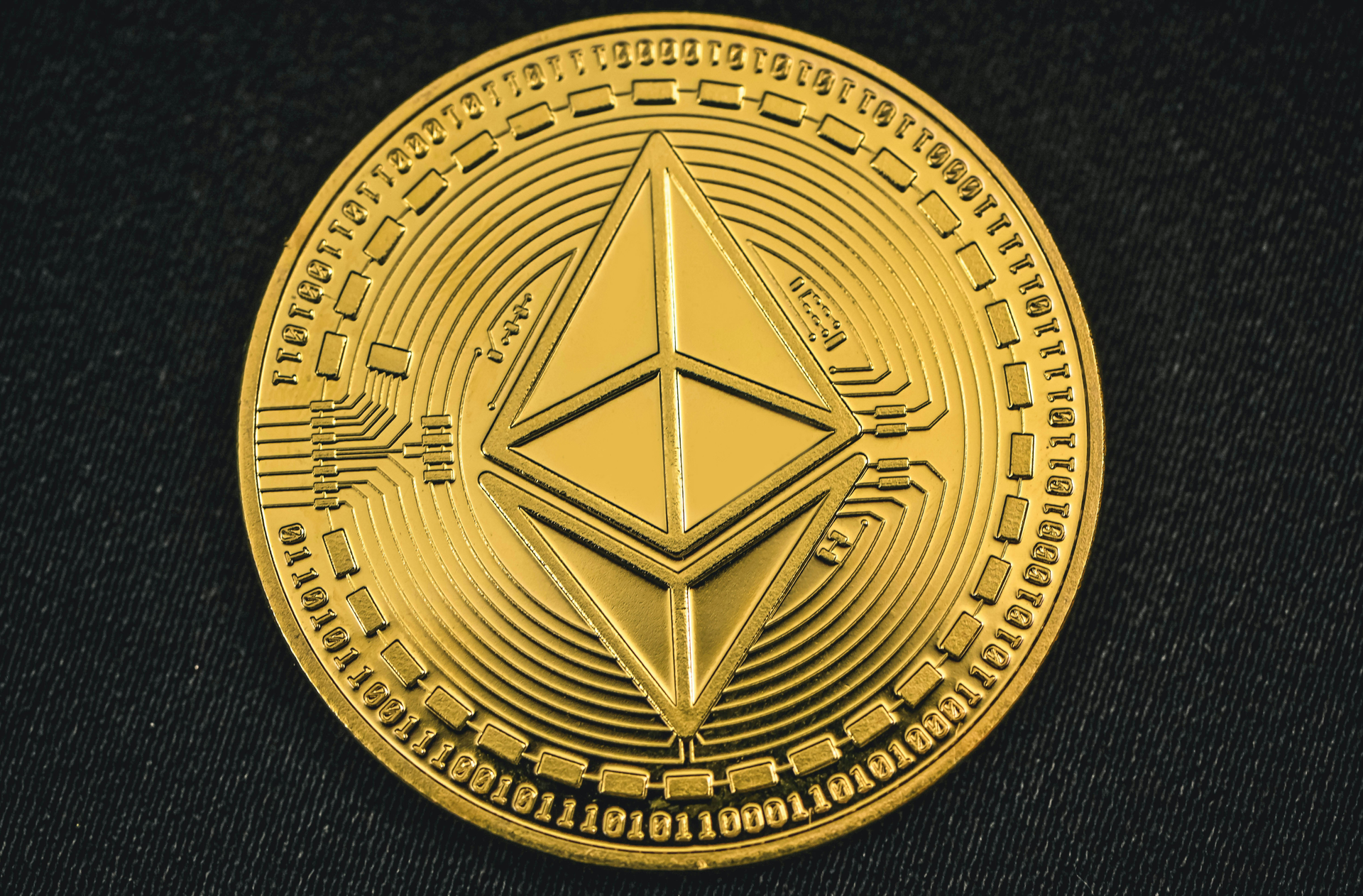In the world of blockchain, scalability has become a pressing issue. As Ethereum processes over 1 million transactions daily, its mainnet struggles to keep up with increasing demand, leading to network congestion and skyrocketing gas fees. Many users find it challenging to interact with decentralized applications (dApps), exchanges, and NFT marketplaces due to these rising costs. Enter Layer 2 solutions, which are designed to alleviate these issues.
Table of Contents
- Understanding Layer 2 Solutions
- Benefits of Layer 2 Solutions
- Types of Layer 2 Solutions
- Real-World Applications of Layer 2 Solutions
- The Future of Layer 2 Solutions
- FAQs
Understanding Layer 2 Solutions
If Layer 1 (L1) is the main road of Ethereum, Layer 2 (L2) can be compared to express lanes running alongside it. These solutions are built on top of the Ethereum mainnet, taking on much of the heavy lifting to ensure faster and cheaper transactions. By handling most transactions off-chain, Layer 2 solutions significantly reduce the traffic on the main highway, only communicating with Layer 1 when absolutely necessary.
Layer 2 solutions work by processing transactions off the main chain, allowing Ethereum to manage higher volumes without compromising security or decentralization. This not only helps in reducing gas fees but also enhances the overall user experience, making it easier for users to engage with various dApps.

Benefits of Layer 2 Solutions
- Lower Gas Fees: By processing transactions off-chain, Layer 2 solutions can drastically reduce the transaction costs associated with Ethereum.
- Faster Transactions: Layer 2 networks can handle thousands of transactions per second (TPS), making Ethereum much more efficient.
- Scalability for DeFi, NFTs, and Gaming: Layer 2 solutions allow decentralized finance platforms, NFT marketplaces, and blockchain-based games to operate more smoothly, enhancing the user experience.
Types of Layer 2 Solutions
Layer 2 solutions mainly utilize two types of rollups: Optimistic Rollups and Zero-Knowledge (zk) Rollups.
Optimistic Rollups
Optimistic rollups assume that all transactions are valid by default. Users have a set period to challenge transactions through fraud proofs.
- Pros: Quick transactions and lower fees.
- Cons: Withdrawal periods can be lengthy, sometimes taking up to a week.
Zero-Knowledge (zk) Rollups
Zero-Knowledge rollups assume that transactions are invalid until proven otherwise, utilizing sophisticated cryptographic proofs to verify validity.
- Pros: Faster withdrawal times and enhanced security.
- Cons: More complex to develop and may support fewer smart contracts.
| Feature | Optimistic Rollups | Zero-Knowledge Rollups |
|---|---|---|
| Speed | Moderate | High |
| Security | Users can challenge transactions by submitting fraud proofs | Built-in cryptographic proofs |
| Complexity | Lower | Higher |
| Use Cases | DeFi, general dApps | High-security applications |

Real-World Applications of Layer 2 Solutions
Layer 2 solutions have already started to revolutionize various sectors within the blockchain ecosystem:
- Payments: Solutions like the Lightning Network enable quick and low-cost micropayments.
- Decentralized Exchanges (DEXs): Layer 2-based DEXs provide faster and more affordable trading experiences.
- Gaming and NFTs: These solutions facilitate seamless in-game transactions and reduce costs associated with minting and trading NFTs.
- Decentralized Finance (DeFi): Layer 2 solutions enhance the scalability and usability of DeFi applications.
The Future of Layer 2 Solutions
As Ethereum continues to evolve, Layer 2 solutions will play a vital role in its scalability strategy. The Dencun upgrade in March 2024 introduced features that make it cheaper to batch transactions on Layer 2, further enhancing Ethereum’s capacity to handle high transaction volumes. This upgrade is part of a broader strategy to ensure Ethereum can adapt to growing network demand.
Ethereum’s co-founder, Vitalik Buterin, has also proposed plans to enhance compatibility across Layer 2 solutions, ensuring that these protocols can interoperate seamlessly. This will create a more efficient and user-friendly Ethereum ecosystem.
FAQs
- What are Layer 2 solutions? Layer 2 solutions are networks built on top of Ethereum that handle transactions off-chain, improving speed and reducing costs.
- How do Optimistic Rollups work? They assume all transactions are valid until proven otherwise, allowing users to challenge transactions through fraud proofs.
- What advantages do Zero-Knowledge Rollups offer? They provide enhanced security and faster withdrawal times, making them ideal for high-security applications.
- Can Layer 2 solutions eliminate high gas fees? Yes, by processing transactions off-chain, they significantly reduce gas fees and improve user experience.
- What is the future of Layer 2 solutions? With ongoing upgrades and improvements, Layer 2 solutions are set to become essential for Ethereum’s scalability and adaptability.
Layer 2 solutions are paving the way for the future of Ethereum and the broader blockchain ecosystem. By making transactions faster and cheaper, they are crucial for achieving mass adoption of decentralized applications.




![Unlocking the Power of Fan Tokens: A Step-by-Step Guide [Part 1]](https://coinqlo.com/wp-content/uploads/2024/12/Depositphotos_503743464_L-870x570.jpg)
![Creating Your Own Fan Token: A Step-by-Step Guide [Part 2]](https://coinqlo.com/wp-content/uploads/2024/12/0a6e2bc8-7679-4f96-8e43-ff7dfa1eca25-870x570.png)